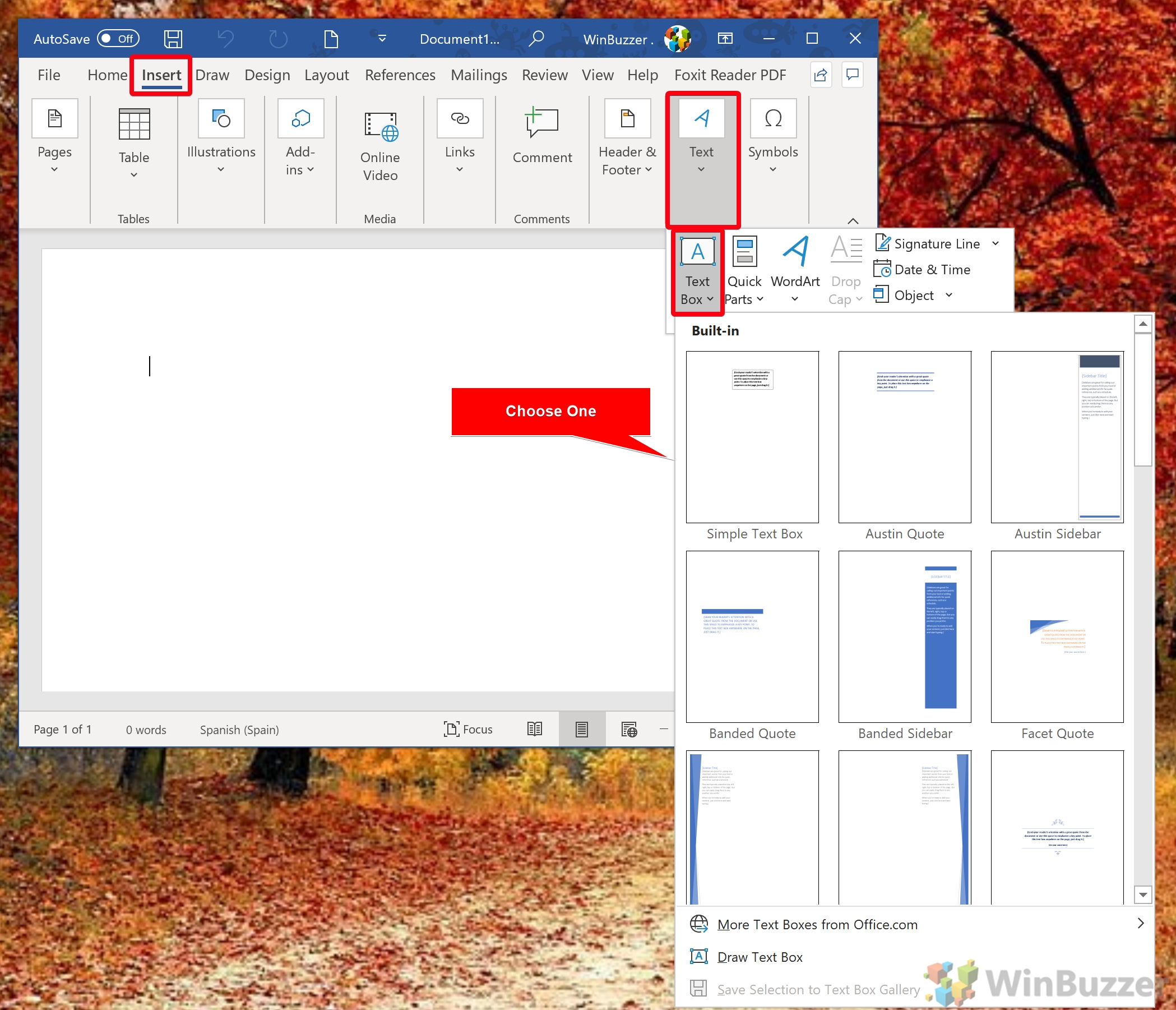


Sivell says: “It was a responsible shift and I felt pleased to do it, even though it was hard work. The image of the modern subeditor: Suzanne Warr, with computer and search engine to hand, in the London newsroom. On deadline, subs had to be able to read the lead over-matter laid out on the side upside down as well as back to front. The comp would tell the sub how many lines a story was over, and the sub made cuts on paper and handed them back to the comp, who took out the equivalent bits in the metal type. The comp (always male) stood on one side, and the sub was opposite. There were strict rules for the stone sub. Comps would assemble the page, guided by the sketched layout, using the cooled metal type, before it was secured in a frame dropping it was a disaster known as printer’s pie. The stories were handed out to Linotype operators, who set them in molten metal in single lines, known as slugs. “It consisted of some obsolete textbooks and shelves of cuttings, so you needed a feel for how the minds worked of the people who took the cuttings and what they might have filed things under.” Some reporters, as now, needed more checking than others: Dodd recalls one spelling the name of the poet Yevgeny Yevtushenko 13 different ways in one story.Ī senior member of the team known as the stone sub would go down to the basement – a cathedral-like space filled with Linotype machines – at 5pm, when the comps would start work.

But, says Johnson, in the evening you had to go up to the library yourself. In office hours, subs could call the library with questions, with answers typically provided in about half an hour. Without search engines, having vast general knowledge was crucial, as was frequent use of the desk’s gazetteer and Who’s Who. If he didn’t like a headline, he’d literally throw it back at you.”įact-checking could be laborious. He’d glare at his travelling alarm clock and glare at the copy, puffing at his pipe more as the evening went on. “He’d been in Bomber Command in the war and was rather abrupt, though kindly, and he’d sit there smoking his pipe. “When we started, the revise sub was slightly frightening,” says Johnson. ‘If your headline didn’t work and they were feeling helpful, they could squeeze it a bit.’ Photograph: The Guardian “If it didn’t work and the comps were feeling helpful, they could squeeze it a bit.” Unless your headline was sent back to you in a tube because it bust, that was usually the last you saw of your work until the morning.Ĭompositors operating Linotype machines at the Manchester Guardian in 1921. “If it bust by half a character, you might send it down and hope for the best,” says Johnson. Wide letters such as M counted as 1.5 characters and spaces counted as a half. Subs got a headline size – say three lines of 36-point type over two columns – and used a table to assess how many characters would fit. Writing headlines – often two or three hours after editing the story – also involved calculations. Subs were banned from touching the tubes as this task was controlled by a different union all three fondly remember that Peter Preston, features editor and later editor, was the only journalist who dared break this rule. Once the story was approximately the right length, it went to a revise sub to be deemed fit for publication before being placed in another basket to be collected by a messenger and sent by pneumatic tube to the compositing room in the basement. Subs were given story lengths, measured as inches down a single column of type, and had to estimate how many words to cut. As news shifts progressed, subs sketched out page designs on paper and awaited the stories, or “copy”, which arrived in a wire basket as numbered pages, each containing one or two paragraphs.


 0 kommentar(er)
0 kommentar(er)
